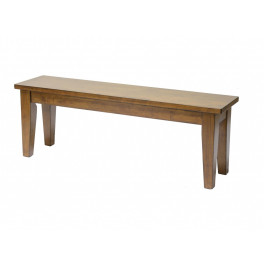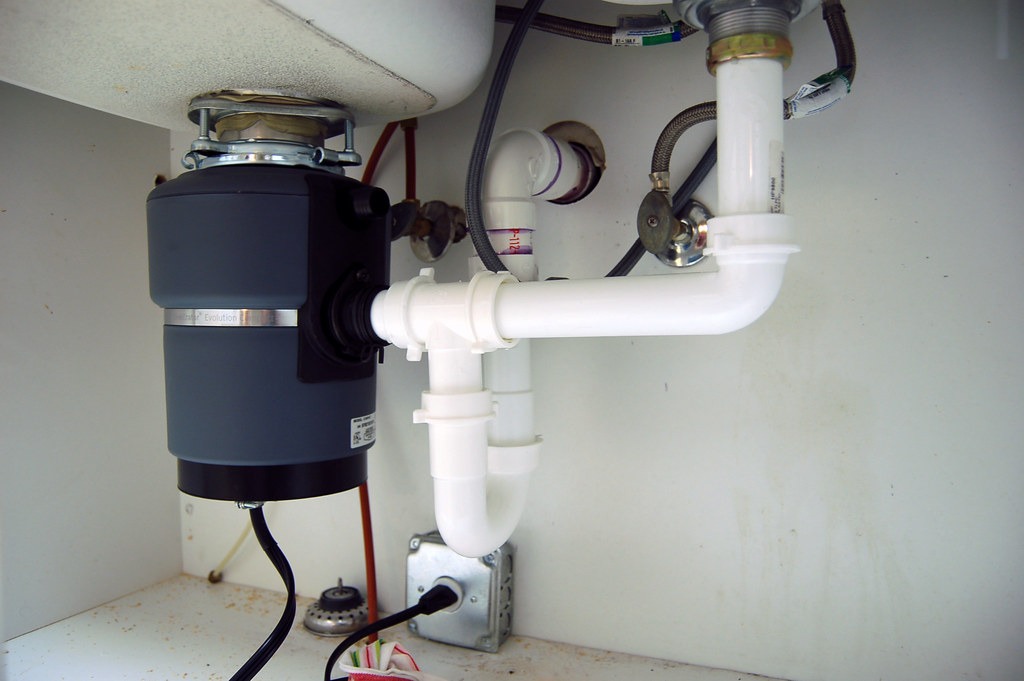Cleaning and sharpening your standard walk-behind lawnmower blade isn’t as hard as you might think. Over time, the blade becomes dull, and if not damaged, can be re-sharpened many times before it needs to be replaced. You can tell when the blade is dull by examining the grass. A dull blade leaves a ragged tear as opposed to a nice clean cut. Grass that’s ripped can become weak which can result in fungal growth and dead patches. A sharp blade will not pull the grass, and a clean cut allows the grass to heal quickly. A sharp blade also speeds up mowing time and puts less stress on the mower.
Sharpening your lawnmower blade is relatively simple, and after you have done it a few times, you’ll be able to do it in 10 minutes or less. Depending on the size of your yard and how many times you need to mow, plan on sharpening the blade at least twice per mowing season.
Safety First!
Before you remove the lawnmower blade, read through the following steps and become familiar with the safety precautions. Although not a complicated machine, a lawnmower has the potential to do serious harm. Take your time and heed all safety advice. If you have the owner’s manuals, read through the section on removing and installing the cutting blade.
Tools You’ll Need
Removing, cleaning, sharpening, and reinstalling your lawnmower blade requires some basic tools:
- Leather gloves
- Safety glasses or face shield
- Medium size metal file
- Ratchet and socket (either 5/8 or 9/16 inch)
- Wire brush
- Vise (optional)
- C-clamp (optional)
- WD-40 or some other lubricant (if needed)
Mower Preparation
Check the gas tank for the gas level. You want as little gas as possible in the tank before you remove the cutting blade. Run the mower until it’s out of gas and then let it cool.
No Smoking!
Don’t smoke while working on a lawnmower. Even with the gas tank empty, gasoline fumes can still be present. Smoking around any device or machinery that runs on gasoline can result in serious injury or death.
Disconnect the Spark Plug
Disconnect the spark plug wire from the spark plug. It should pull off easily. This step prevents the mower from accidentally starting. The last thing you want is a sharp blade spinning with your hand under the mower. Just do it.
Remove the Cutting Blade
Pull on the leather gloves. Don’t attempt to remove or handle a cutting blade with your bare hands or cotton garden gloves. Even when dull, a cutting blade has the potential to seriously lacerate your hands. The edges of the mower deck can also be sharp and rusty.
To gain access to the cutting blade, you can either put the mower on a table or sturdy elevated surface (with the help of a friend) or tip the mower on its side. If tipping the mower on its side, be sure you’re tipping it so the fuel tank is facing up.
Use the ratchet to remove the bolt and the blade. If the bolt will not turn, spray a lubricant like WD-40 on the bolt to loosen up any rust. Hold the blade with one hand and loosen the bolt with the other. You can also use a block of wood and a clamp to keep the blade from turning. Notice the position of the blade as you remove it. You can mark the top and bottom to make sure you don’t reinstall it upside down. Save any hardware that comes off with the blade (spacers or washers).
Examine and Clean the Cutting Blade
Examine the blade for any deep nicks or other damage. If the blade is bent, warped, or has several deep nicks, you’re better off buying a new blade.
Put on safety glasses and use a wire brush to remove any rust and old grass from both sides of the blade.
Sharpen the Cutting Blade
Place the blade in a vice or clamp it or hold it to a table. Use the metal file to sharpen the cutting edge. Follow the bevel of the blade and use firm and full strokes to sharpen the blade. Turn the blade over and remove any burr from the back side. Repeat this process for the opposite cutting edge.
Balance the Cutting Blade
Use a blade balancer or a nail to make sure the cutting blade is balanced.
If out of balance, re-sharpen the edge that’s sitting low. A blade that’s out of balance will vibrate and not cut evenly.
Reinstall the Cutting Blade
The cutting blade is now very sharp. Use extreme caution when handling the blade.
If the mower isn’t on its side, tip the mower on its side (gas tank up) to reinstall the blade. Use a garden trowel or screwdriver to remove any old grass and other dirt.
Reinstall any spacers or washers that were removed. Make sure the blade is facing the correct direction (not upside down) and install the blade on the mower shaft. Install and tighten the bolt finger tight. Use the ratchet to fully tighten the bolt. Be careful not to overtighten.
Almost Done!
Put all four wheels back on the ground and reconnect the spark plug wire. Fill the tank with gas and let the mower sit for a few minutes to allow the oil to settle. Now start it up and mow!
























